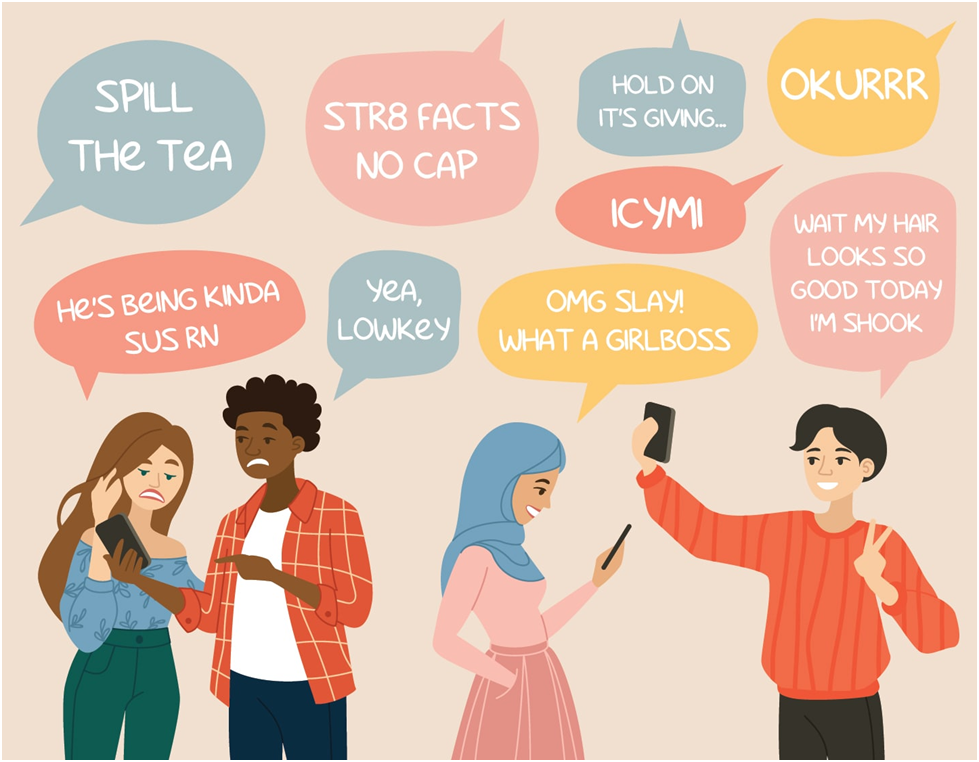The Importance of Understanding Slang for Parents and Educators

Language is constantly evolving, and one aspect of linguistic evolution that has gained significant prominence in recent years is slang. Slang refers to informal, non-standard words and phrases that are often used by specific groups within society.
For parents and educators, understanding youth slang is crucial in bridging the generation gap and establishing effective communication with young people. By deciphering the language of today’s youth, parents and educators can better connect with them, build stronger relationships, and create more inclusive learning environments.
In this article, we will explore the influence of slang on youth communication, the challenges in understanding it, strategies for engaging with it, and the benefits of embracing it as a communication bridge.
Contents
The Influence of Slang on Youth Communication
Role of Slang in Youth Culture
Slang serves as a powerful tool for identity formation among young people. It allows them to establish a sense of belonging and uniqueness within their peer groups. By adopting specific slang terms, youth can signal their membership in particular social circles, whether it’s based on shared interests, subcultures, or even geographic locations.

Slang enables young people to create a distinct cultural code that distinguishes them from older generations. Furthermore, it promotes bonding and camaraderie among youth, as they share a common language that creates a sense of unity and understanding.
Impact of Social Media and Technology
The advent of social media and digital platforms has revolutionized the creation and dissemination of slang. Platforms like Instagram, TikTok, and Snapchat provide spaces where youth can invent and popularize new terms and expressions. These platforms offer a virtual playground for linguistic creativity, enabling youth to experiment with language and spread their slang to a wide audience.
Many popular youth slang terms, such as “on fleek” or “lit,” originated in digital spaces before permeating the mainstream culture. Understanding the influence of social media and technology is essential for parents and educators to stay connected with the evolving language of young people.
Challenges in Understanding Youth Slang
Generational Language Gap
One of the primary challenges in understanding youth slang is the generational language gap. Slang often arises as a rebellion against established norms, and its rapid evolution can leave parents and educators feeling out of touch. Misunderstandings and communication breakdowns can occur when parents and educators are unfamiliar with the meaning behind slang terms.
For instance, phrases like “Netflix and chill“, and “savage” may have entirely different connotations for young people compared to their literal interpretations. This language divide can hinder effective communication and create barriers between generations.
Rapid Evolution of Slang Terms
Another challenge is the rapid pace at which new slang terms emerge and old ones fade. What may be in vogue today might become outdated tomorrow. For parents and educators, keeping up with the ever-changing landscape of slang can feel overwhelming.
However, it is crucial to recognize that understanding slang is not about memorizing an exhaustive dictionary but rather about adopting a mindset of curiosity and openness. By acknowledging the transitory nature of slang, parents and educators can approach it as a dynamic and evolving part of youth culture.
Strategies for Understanding and Engaging with Youth Slang
Active Listening and Open Communication
Active listening and open communication play a pivotal role in understanding youth slang. It is important for parents and educators to create a safe and non-judgmental space where young people feel comfortable sharing their language and experiences.
By actively listening to their slang and asking for explanations or clarifications when needed, parents and educators can foster mutual understanding. Encouraging open dialogue and demonstrating a genuine interest in youth culture can strengthen relationships and bridge the communication gap.
Utilizing Digital Resources
In the digital age, there are numerous resources available to assist parents and educators in decoding youth slang. Websites, apps, and online dictionaries specifically designed to explain slang terms can be valuable tools for ongoing learning.
Platforms likeUrban Dictionary orSlangs Meaning provide definitions, examples, and even discussions around specific slang expressions. By utilizing these resources, parents and educators can stay informed about the latest slang trends and gain insights into the meanings behind unfamiliar terms.
The Benefits of Understanding Youth Slang
Improved Communication
Understanding youth slang leads to improved communication between parents, educators, and young people. When parents and educators take the time to comprehend the slang used by youth, they can engage in more meaningful conversations. This understanding allows them to connect on a deeper level, express empathy, and bridge the generation gap.
By incorporating slang into their communication, parents and educators demonstrate their willingness to meet young people on their own linguistic terms, fostering stronger relationships based on mutual respect.
Enhancing Education Strategies
Incorporating youth slang into educational strategies can create a more engaging and relatable learning environment. Educators who embrace slang as a valid form of communication can establish rapport with students and make learning more enjoyable.
Integrating slang into teaching methods, such as using relevant examples or discussing the linguistic evolution of popular slang terms, not only captures students’ attention but also validates their language and experiences. By embracing youth slang, educators can foster a more inclusive classroom environment and promote student engagement.
Conclusion: Embracing Slang as a Communication Bridge
As society evolves, so does language, and slang serves as a powerful medium of expression for young people. Instead of dismissing or criticizing youth slang, parents and educators should embrace it as a communication bridge. By understanding and engaging with youth slang, parents and educators can forge stronger connections with young people, bridge the generation gap, and create inclusive environments where everyone feels heard and valued.
As slang continues to evolve, it is essential for parents and educators to adapt their perspectives and recognize its relevance in fostering meaningful dialogue between generations. By embracing youth slang, we can bridge the linguistic divide and build a more cohesive and understanding society.






